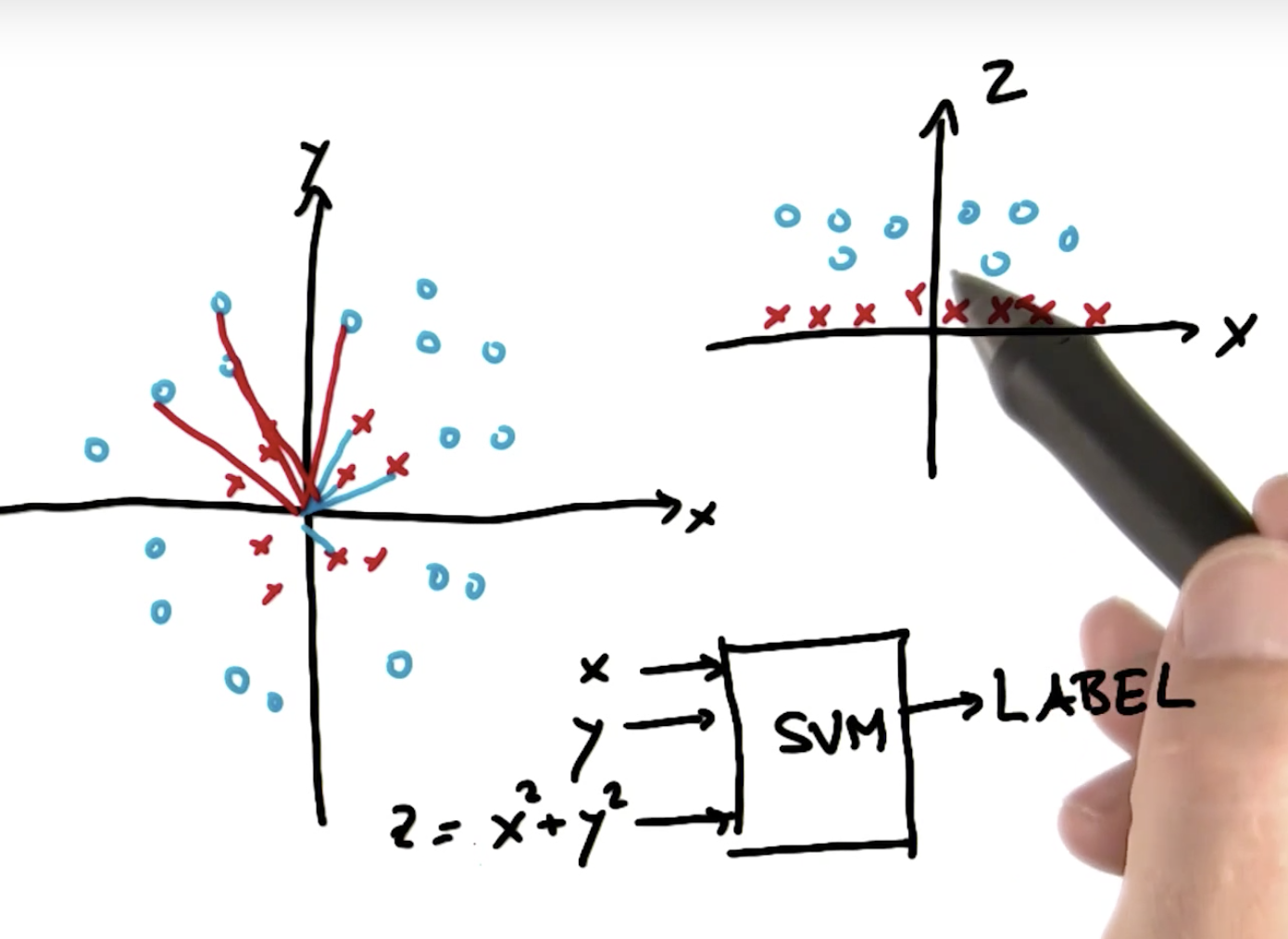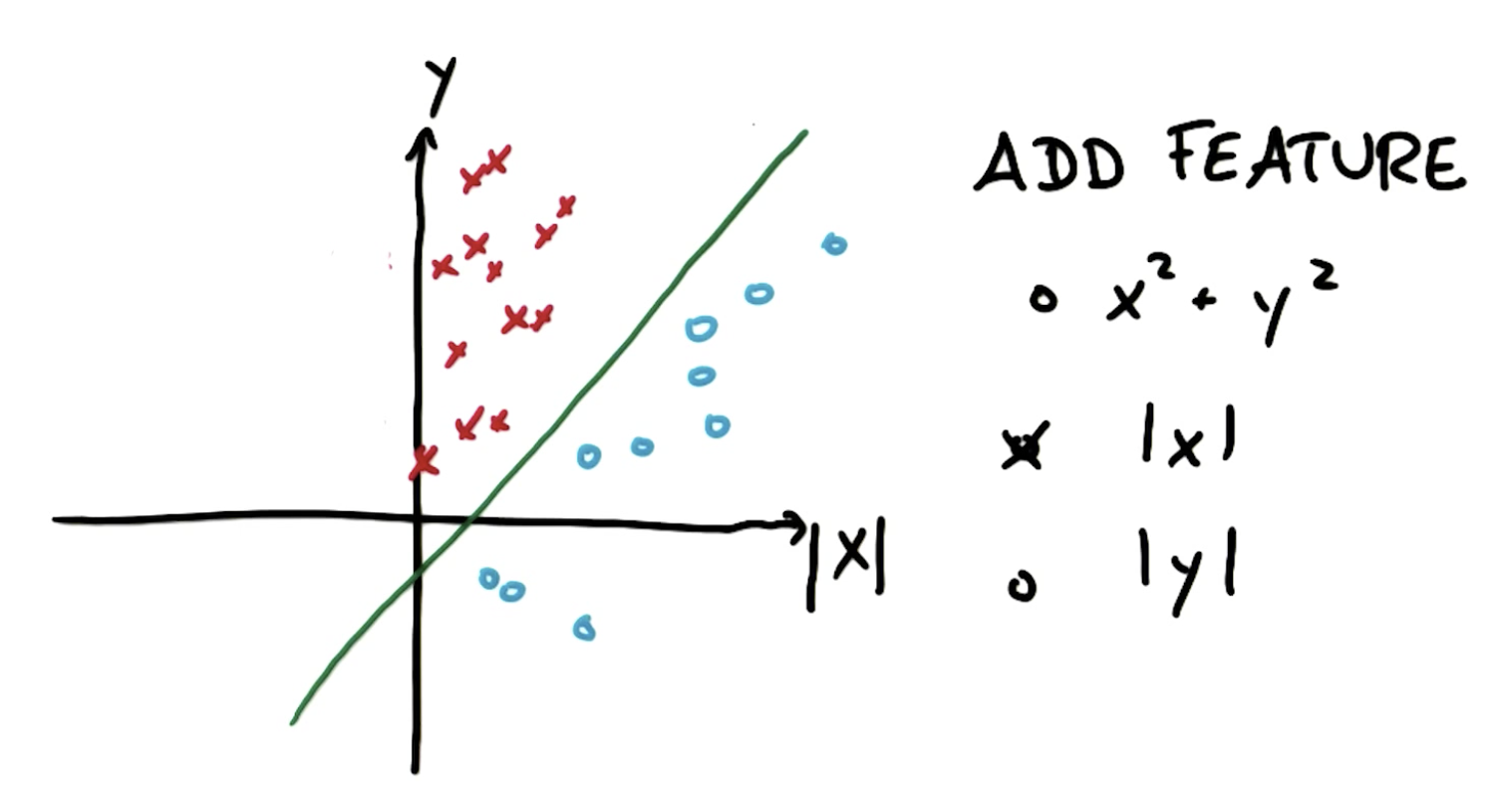Definition: distance from the decision boundry to nearest point.
The main purpose while using SVM is maximising the margin. More maximised the margin, more robustness.
In addition to performing linear classification, SVMs can efficiently perform a non-linear classification using what is called the kernel trick, implicitly mapping their inputs into high-dimensional feature spaces. (Wikipedia)
Might be linear or RBF.
Defines hiw far the influence if a single training example reaches.
Controls tradeoff between smooth decision boundary and classifying training points correctly.
If speed is a major consideration (and for many real-time machine learning applications, it certainly is) then you may want to sacrifice a bit of accuracy if it means you can train/predict faster.
Use if:
- Predicting the author of an email flagging
Don’t use if:
- Flagging credit card fraud and blocking a transaction before it goes through
- Voice recognition, like Siri
- They work really well in complicated domains when there is a clear margin of separation.
- They don’t perform so well in very large data sets, because the training time happens to be cubic in the size of the data set.
- They also don’t work well with lots of noise. So when the class are very overlapping you have to count independent evidence. (In this case Naive Bayes would work better)
⭐️ If you have a big data set, if you have lots of feature SVM might be very slow.



